Four strategies to support girls through sport-based mentorship
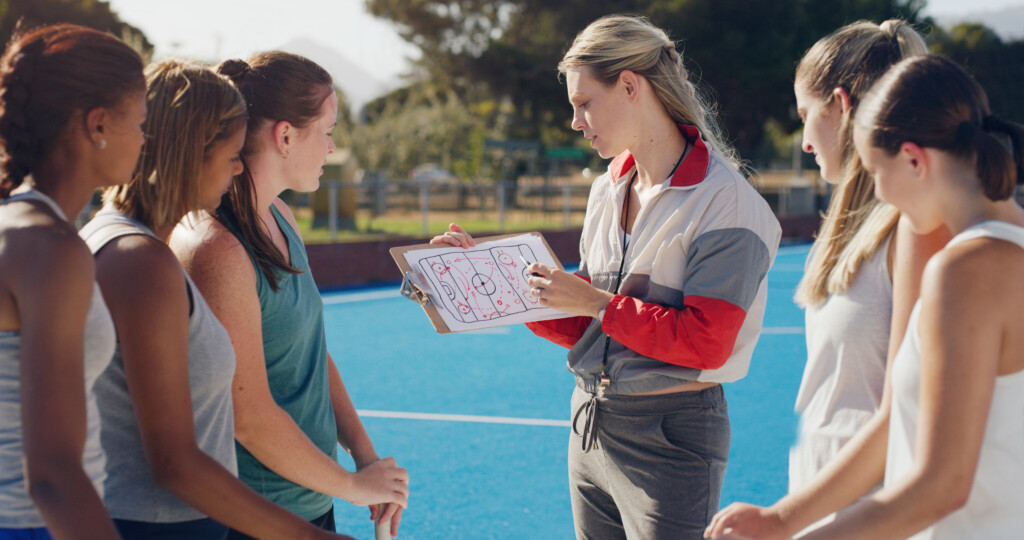
Sport has the potential to foster girls’ healthy development, leading to outcomes such as enhanced self-esteem, physical health, and mental well-being. Sport can reduce adverse health outcomes for girls, such as depression (Canadian Women & Sport, 2022; Eime et al., 2013). Yet in Canada, girls are dropping out of sport at alarming rates, with recent…
Anything is Possible: Using Ringette to Support Physical Literacy in the North
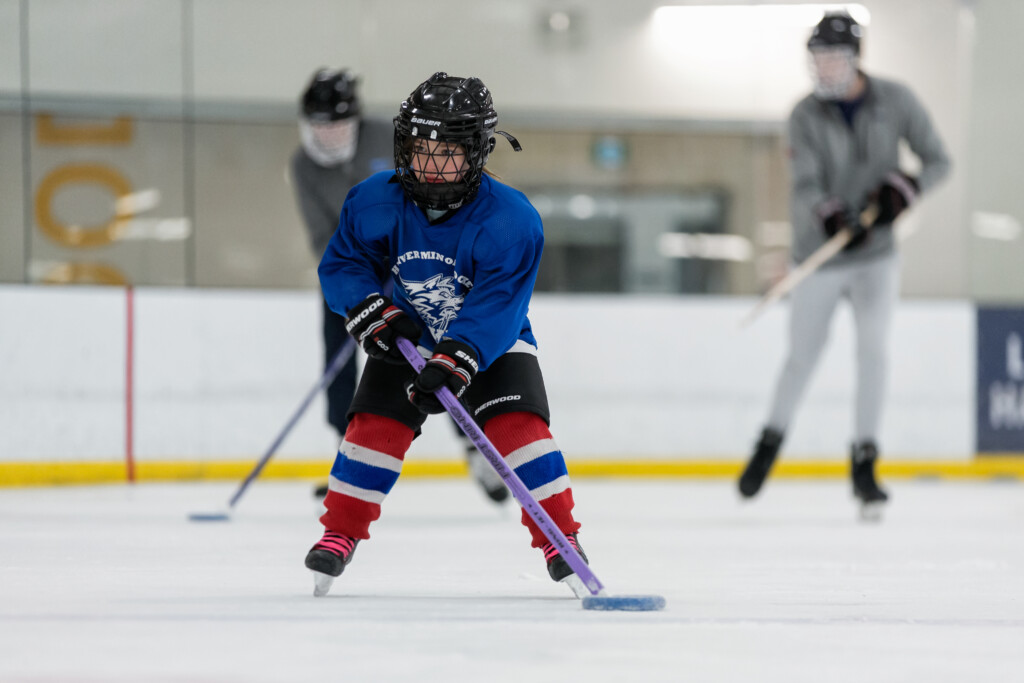
Sport is a vital opportunity for communities in the Northwest Territories (NWT) to stay active and social, particularly during the winter months when daylight is limited and temperatures are frigid. Sport offers a reason for people to come together and keep moving. It was for these reasons, plus a desire to better serve Indigenous communities…
Body-related emotional experiences in sport among adolescent girls: Participation outcomes over time

Project Summary In adolescence, girls are less likely to participate in sport, are more likely to drop out of sport, and report more poor sport experiences compared to boys. Concerns related to appearance, body shape, size, and weight disproportionally affect girls during adolescence and may impact their sport experiences. To date, there is primarily anecdotal…
Developing leadership behaviours in athletes
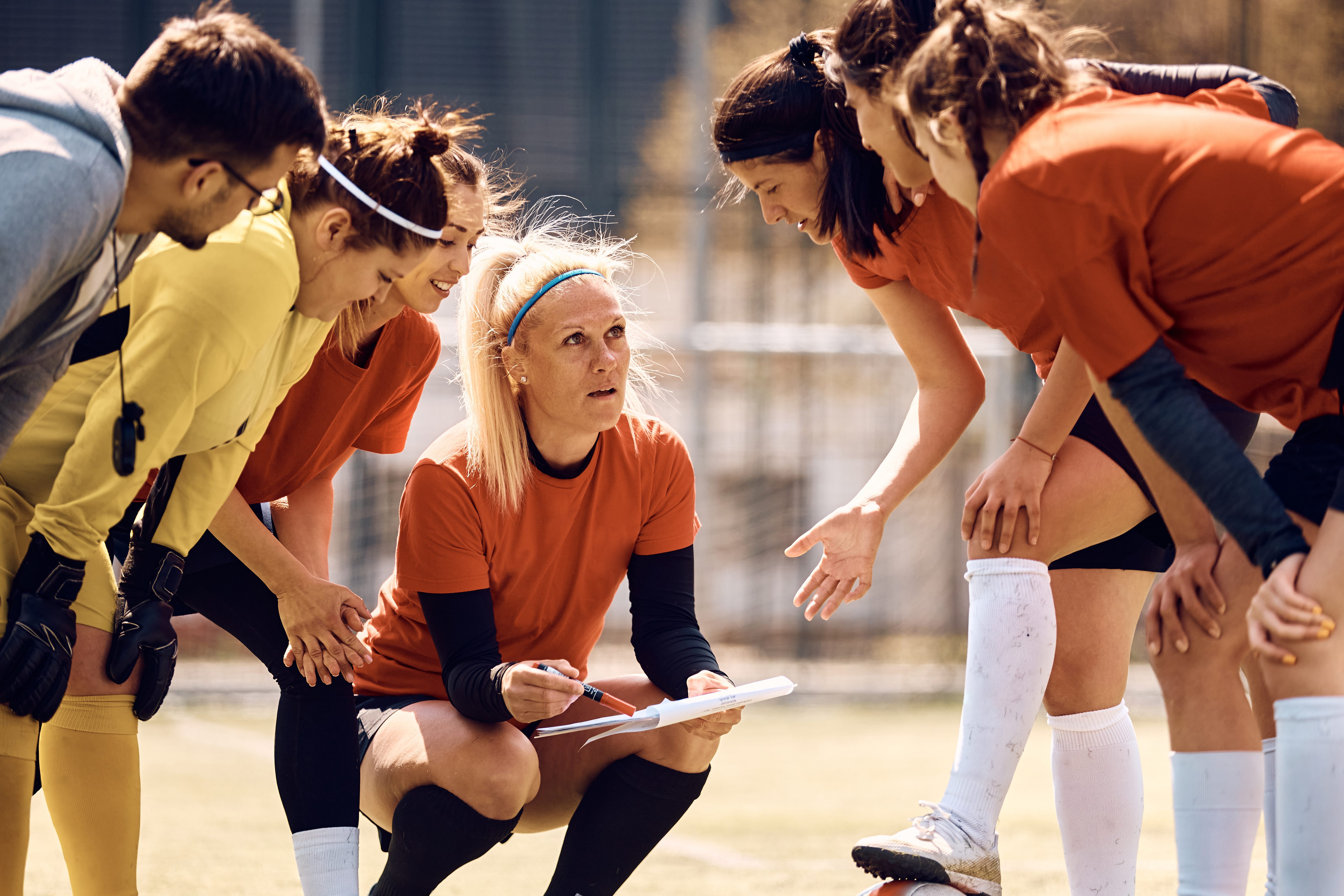
Project summary This project developed, implemented, and evaluated the effect of a season-long athlete leadership development program. The participants included 66 female varsity athletes who participated in four leadership workshops throughout their competitive sport season, approximately one hour in duration. All of the participants completed inventories measuring leadership behaviours, cohesion, communication, and peer-motivational climate. Overall,…
Minorities in historical narratives: The case of Black Canadian women in sport

Project summary This research explored sporting practices of Southern Ontario Black women between the 1920s and the 1940s. It is aimed at developing a socio-cultural history of sport that include narratives from marginalized groups. In Canada, the focus on Black masculine narratives conflates race and racism in sport with Black men, marginalizing other people of…
Spotlighting women in sport: Research and practice
The Government of Canada has committed to reaching gender equity in sport (at all levels) by 2035. Right now, we have a long way to go. Over 90% of Canadian sport media coverage is focused solely on men’s sport (Pegoraro and Moore, 2022). Women and girls have lower sport participation rates and higher dropout rates…
The importance of the pelvic floor in returning to physical activity after childbirth

After childbirth, mothers have numerous concerns about their postpartum body and its capacity for returning to physical activity. One of the worries is whether physical activity may negatively affect the pelvic floor after pregnancy and delivery. The pelvic floor is a crucial group of muscles that helps maintain bladder and bowel control, support internal organs,…
Creating sport environments that support mental health for girls and women
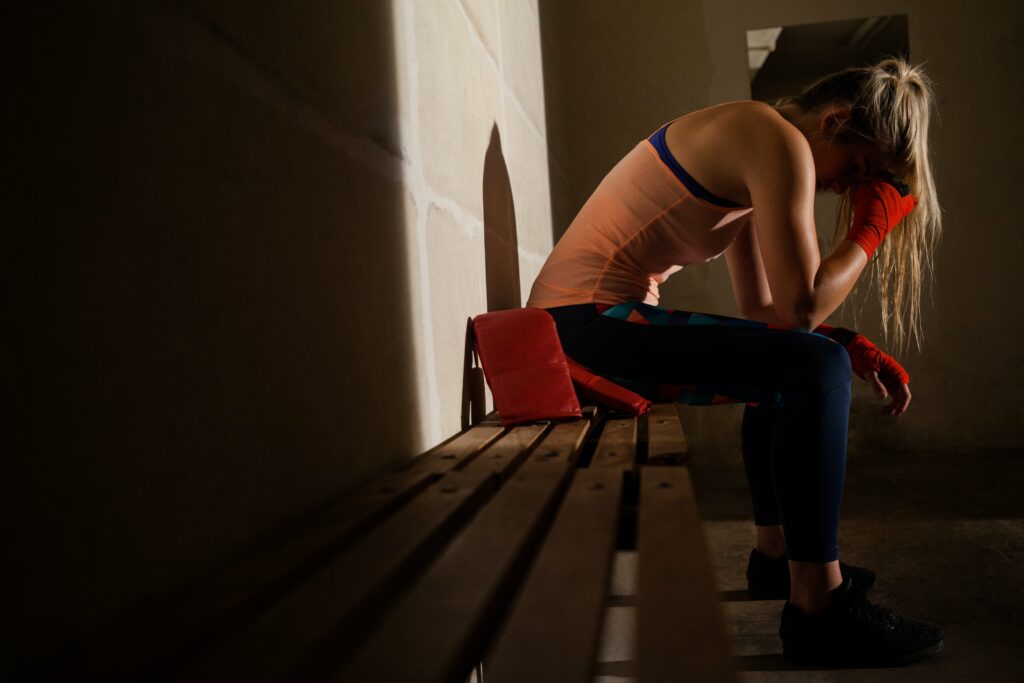
This blog post provides a recap of the fourth webinar in the 4-part mini-series Engaging Girls and Women in Sport. SIRC and Canadian Women & Sport co-hosted the mini-series, which you can access or learn more about by visiting our SIRC Experts Webinar page. Every year, 1 in 5 people in Canada will personally experience a mental…
Mentoring Black women coaches: Developing confidence through relationships and learning

Photo credit: Conestoga College Condors Athletics Highlights Anyone involved in sport knows that confidence is key. Whether coach, athlete or participant, the importance (and fragility) of confidence can’t be overlooked. The vital and tenuous nature of confidence means steps must be taken to safeguard the confidence of racialized women coaches, who are sometimes the “only”…
Shaping inclusive sport policy and programs
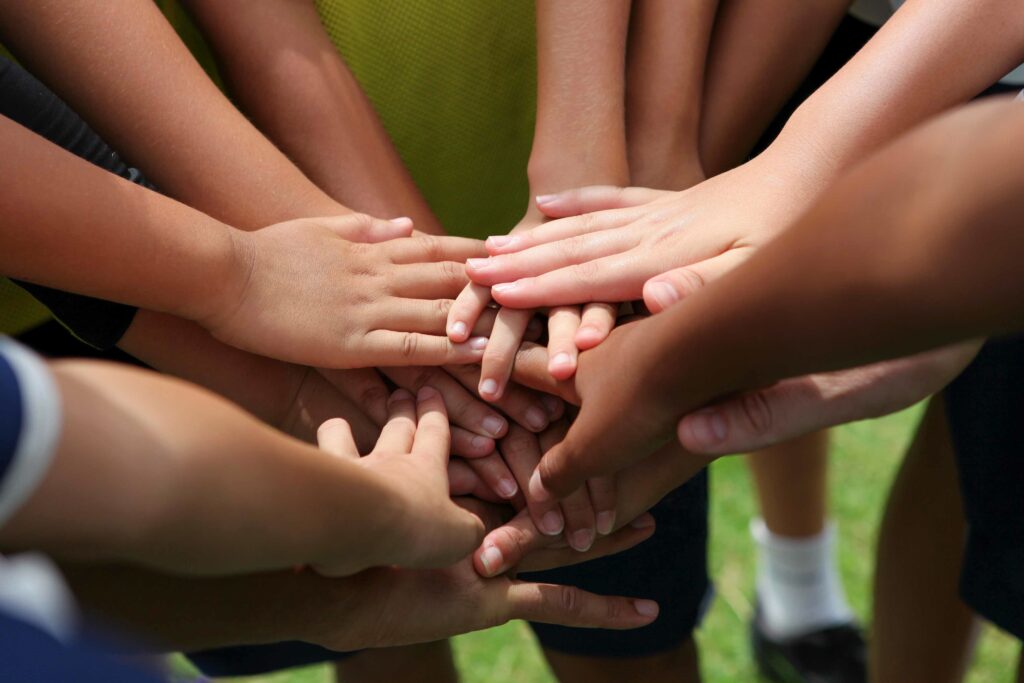
Highlights Over the past few years, the racism and discrimination brought to light throughout society and within the sport sector have forced a necessary reflection on policies and practices. While the concepts of diversity, equity and inclusion were seeded in government policy many decades ago, the context has evolved significantly. Today, these terms have new…